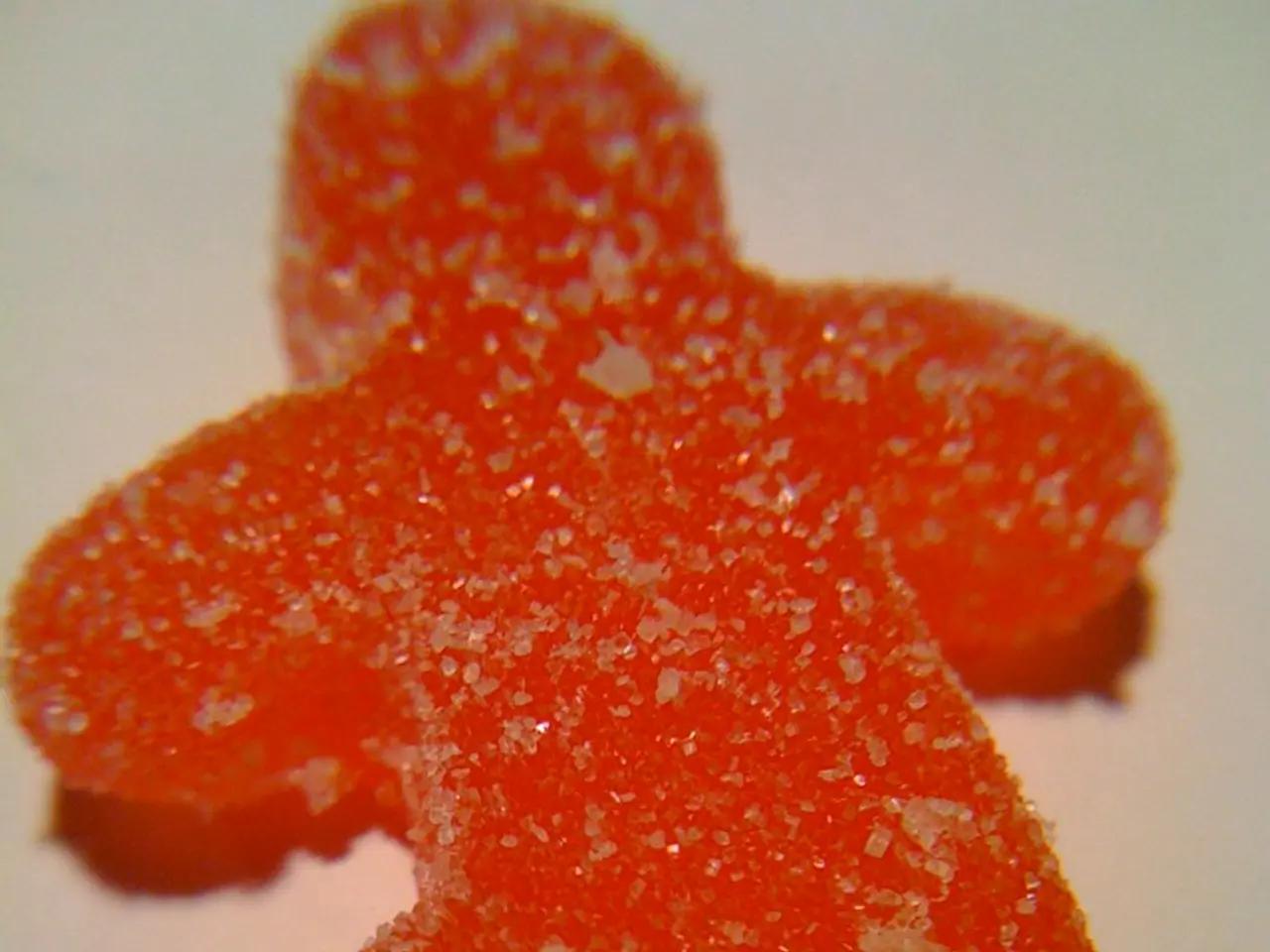Unraveling Hypoglycemia: The Basics to Keep You Informed
In the management of diabetes in children, it is crucial to maintain a vigilant and proactive approach. Here are some key points to consider:
Children experiencing severe symptoms of low blood sugar, such as seizures or loss of consciousness, should seek emergency medical help immediately. Physical symptoms of low blood sugar in children may include shakiness, increased heart rate, excessive sweating, pale skin, confusion, irritability, fatigue, headaches, and dizziness.
Educating children about their condition and teaching them to recognize symptoms of low blood sugar is essential. Regular meals and snacks, balanced with a mix of carbohydrates, proteins, and healthy fats, should be encouraged to prevent low blood sugar episodes. Choosing complex carbs like whole grains, fruits, and vegetables, lean proteins, and healthy fats from sources like avocados, nuts, and olive oil is recommended.
Balancing food intake with physical activity is also important. Increased physical activity can lower blood sugar levels, especially if not balanced with food intake. Conversely, skipping meals or snacks can lead to insufficient glucose in the bloodstream. Adjusting insulin doses based on activity levels and dietary intake is important in preventing low blood sugar episodes.
School staff should be aware of a child's condition and know how to help in case of an emergency. Quick sources of sugar like glucose tablets, fruit juice, regular soda, or hard candies should always be carried for emergency situations. After treating low blood sugar, providing a follow-up snack that includes both carbohydrates and protein helps maintain stable blood sugar levels.
Common causes of low blood sugar in children include insulin overdose, skipping meals or snacks, increased physical activity, illness or infection, alcohol consumption, and hormonal changes during puberty. Frequent low blood sugar episodes may indicate complications and require adjustments in the treatment plan. If a child's symptoms do not improve after treatment, seek medical help.
Long-term management strategies for diabetes in children include regular monitoring, balancing food intake with physical activity, adjusting insulin dosage, and consulting with healthcare providers for personalized advice and management strategies. Continuous Glucose Monitoring (CGM) can also be useful in monitoring blood sugar levels.
Support groups can provide emotional support and practical tips for managing diabetes in children. These groups can help both children and their parents navigate the challenges of diabetes management.
The first diabetes research in Germany notably began after the foundation of the German Diabetes Society in 1964, which has since supported diabetes research, education, and treatment development. For detailed diabetes-specific research before this period, sources are not explicitly stated.
In immediate treatments for low blood sugar, providing a quick source of sugar is crucial. Alcohol consumption can interfere with the liver's ability to release glucose in older children and teens.
In conclusion, managing diabetes in children requires careful monitoring, education, and a proactive approach. By following these guidelines, parents and children can work together to maintain healthy blood sugar levels and ensure a happy, healthy future.








